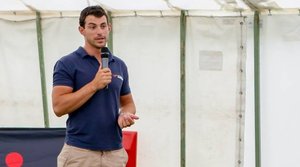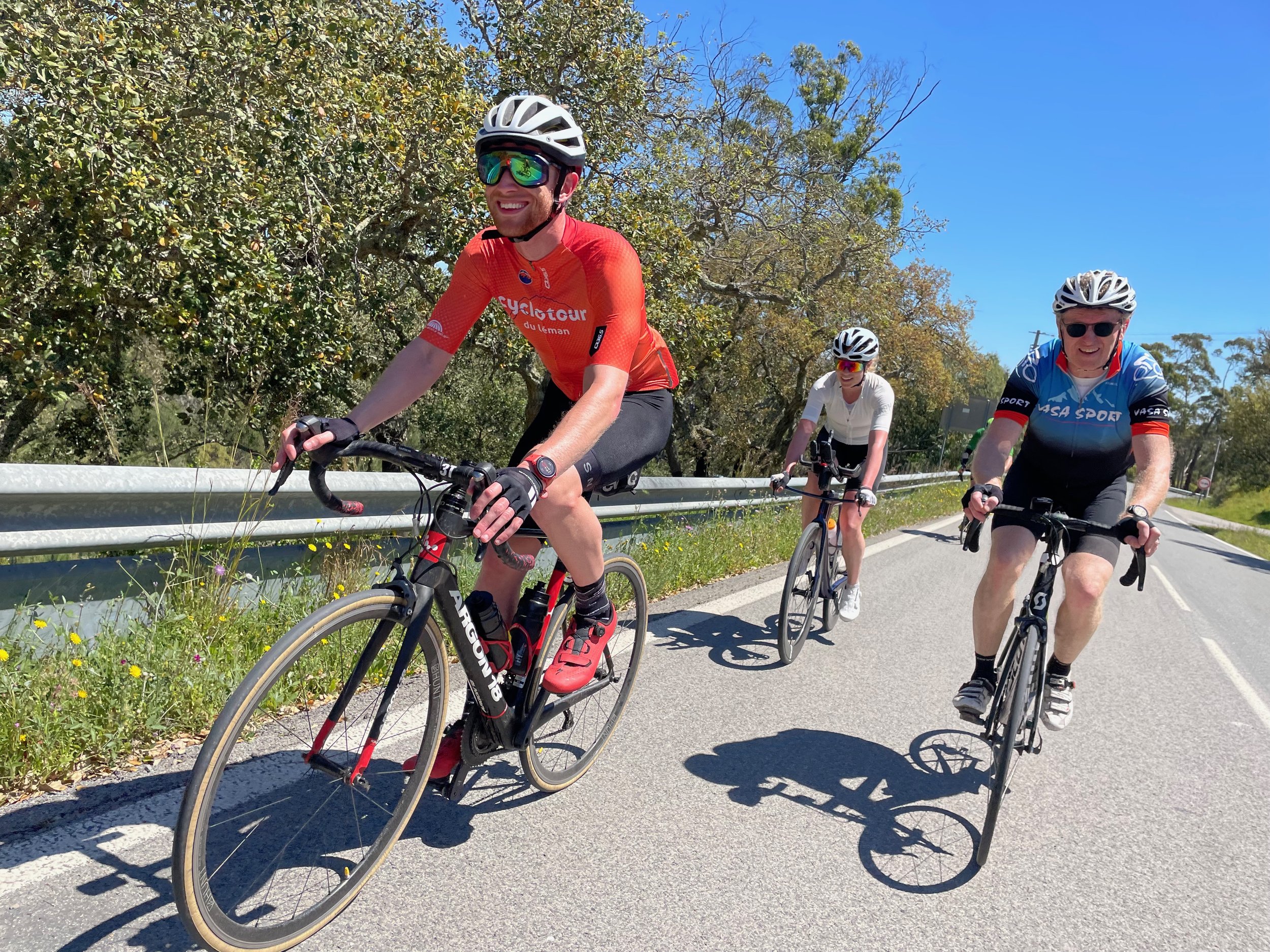Are you willing or just wanting to achieve something?
Endurance athletes are often caught up in their next dream. Whether trying to win an age group, qualify for a championship, or simply complete their first race, these goals ignite their passion and drive. At the beginning, when their motivation is high, training seems effortless – of course, the athlete wants to complete their goal, and they tell everyone what they want to achieve. However, there is a subtle yet significant difference between wanting to achieve these goals and being willing to do what it takes to get there.
When an athlete approaches me with ambition towards their high-performance goals, we always take them seriously, no matter what: we genuinely believe that athletes are often capable of a lot more than they even dare to believe, so who are we to squash those goals? Additionally, as we like to work objectively, data will often help us introduce realistic targets and timescales. Nevertheless, with some athletes, after some time, it becomes evident that their actions do not align with their goals. Are they truly willing to achieve the goals they want to achieve?
The 5 am Club Example
As an example, many athletes want to get up earlier to, for example, join a morning swim club to get faster at swimming. Yet, when faced with waking up at 5:30 AM, the willingness to follow through with that ambition often fades. This can be a common problem for newer athletes with lofty targets.
Setting unrealistic or unattainable goals can be one cause of these frustrations. For example, an athlete may want to complete a triathlon but struggles to see the journey required to reach that finish line. If they cannot identify with the goal, they may fail to align their actions with their ambitions. In which case, why bother getting up early, it is an impossibly long road ahead, one morning won’t make a difference.
Another issue may be that the athlete doesn’t genuinely believe what they have said. For example take an athlete who wants to improve their running performance during a triathlon. If they have a skewed perspective about their current ability, that will prevent them from believing they can become a runner: “I am not much of a runner”. This self talk is almost more damaging than not believing in your goal. If you don’t believe you are a runner, your actions will only reflect your beliefs. Motivation fades without identifying with your goal and where you want to go: the gap between desire and action widens. Instead, it is helpful to ask, "What would a runner do?”.
A coach often provides objectivity and a helpful perspective on what is realistic when setting goals. This can help the athlete genuinely believe they can achieve their goals and that they can make that shift from where they are to where they want to be, which leads to an even greater commitment or willingness to do the work to make them.
The 5 am habit
In addition to goal setting, developing effective habits is crucial for translating want into willingness. Athletes must create an environment that supports their goals and makes achieving them more realistic—they must remove the barriers.
For instance, returning to the 5:30 AM swim session, if an athlete typically stays up late and struggles to wake up early, just setting an alarm won’t help. They need to review their overall schedule to maximise the probability that they will get up in time.
Creating an environment that helps reinforce the habits and helps athletes push through when motivation is low is important. Motivation will wane with all athletes, it is their habits which keeps them moving forwards.
Are you all in?
The journey from wanting to willingness often begins with a decision to go all in. Athletes must reflect on their intentions and actions, asking themselves whether they are truly committed to their goals. This reflection can reveal what they genuinely want and why they are pursuing this dream. Setting the right goals and creating the habit to achieve them only works towards the goal if the athlete then goes all in. This leap of faith and committing to becoming a runner or an early riser is the final, but most important step towards your dreams. Otherwise, you are only a dreamer.
The distinction between wanting to achieve something and being willing to do what it takes to achieve it is vital for endurance athletes. It reminds you that while ambition is admirable, it must be paired with a commitment to consistent action. Dream big, set your goals, build your habits and don’t be afraid of going all in. After all, only then will you understand what is truly possible.

Philip is the founder of Tri Training Harder LLP. He’s a British Triathlon Level 3 coach, and has been coaching for over a decade and is involved with mentoring and developing other coaches.
Philip has coached athletes to European and World AG wins, elite racing, many Kona qualifications, IRONMAN podiums and AG wins.
Alongside the conventional development through many CPD courses, he has also been fortunate enough to work alongside experts in the fields of Physiotherapy, Strength and Conditioning, Nutrition, Psychology, Biomechanics, Sports Medicine. Putting this knowledge into practice he has worked with thousands of athletes to various degrees, from training camps in Portugal and around Europe, clinics in the UK and online coaching.
Visit Philip's
Coach profile
We’re here to help
Tri Training Harder are one of the leading Triathlon coaching providers in the UK, using our wealth of experience to unite scientific and technological research with already well-established and successful best practices, to create a formula for triathlon and endurance coaching that works.
The result is an honest, dynamic, yet simple new way of constructing an athlete’s training to allow them to reach their potential.
If you’re planning your next season, just starting out in the sport or are looking for extra guidance at the very top end of the field, we are here to help, and our coaches would be delighted to hear from you. You can contact us via the website, and one of the team will be in touch.

